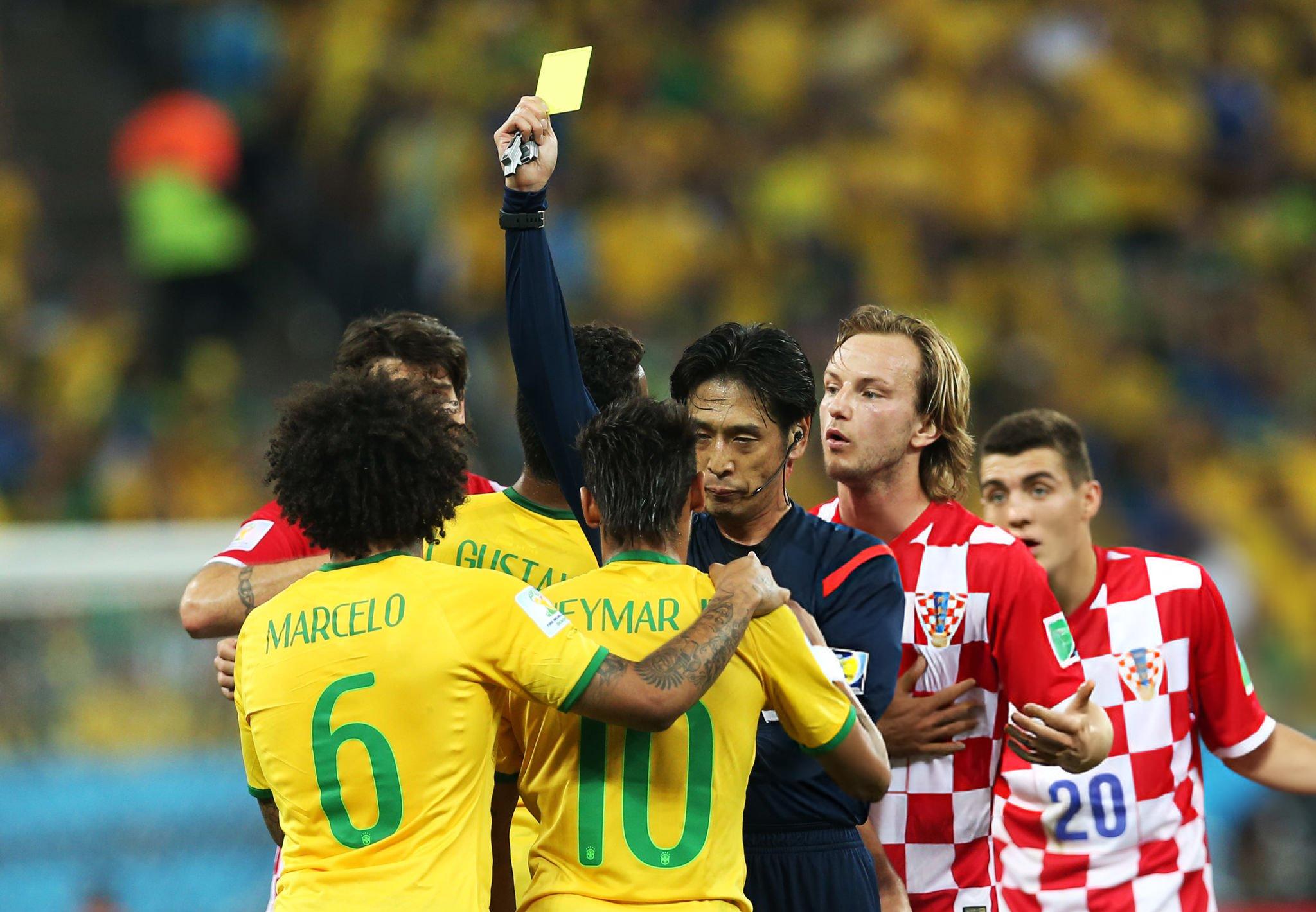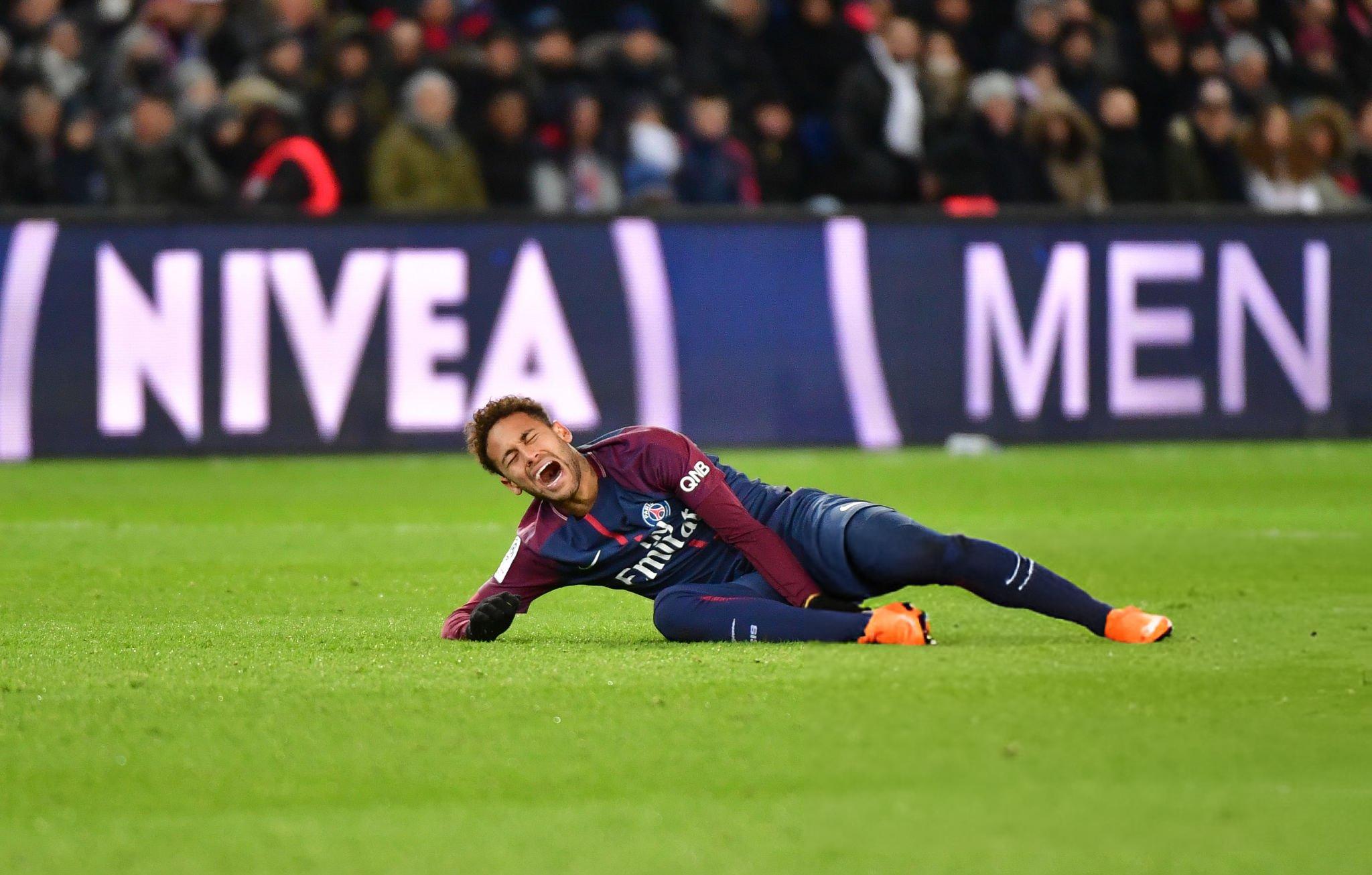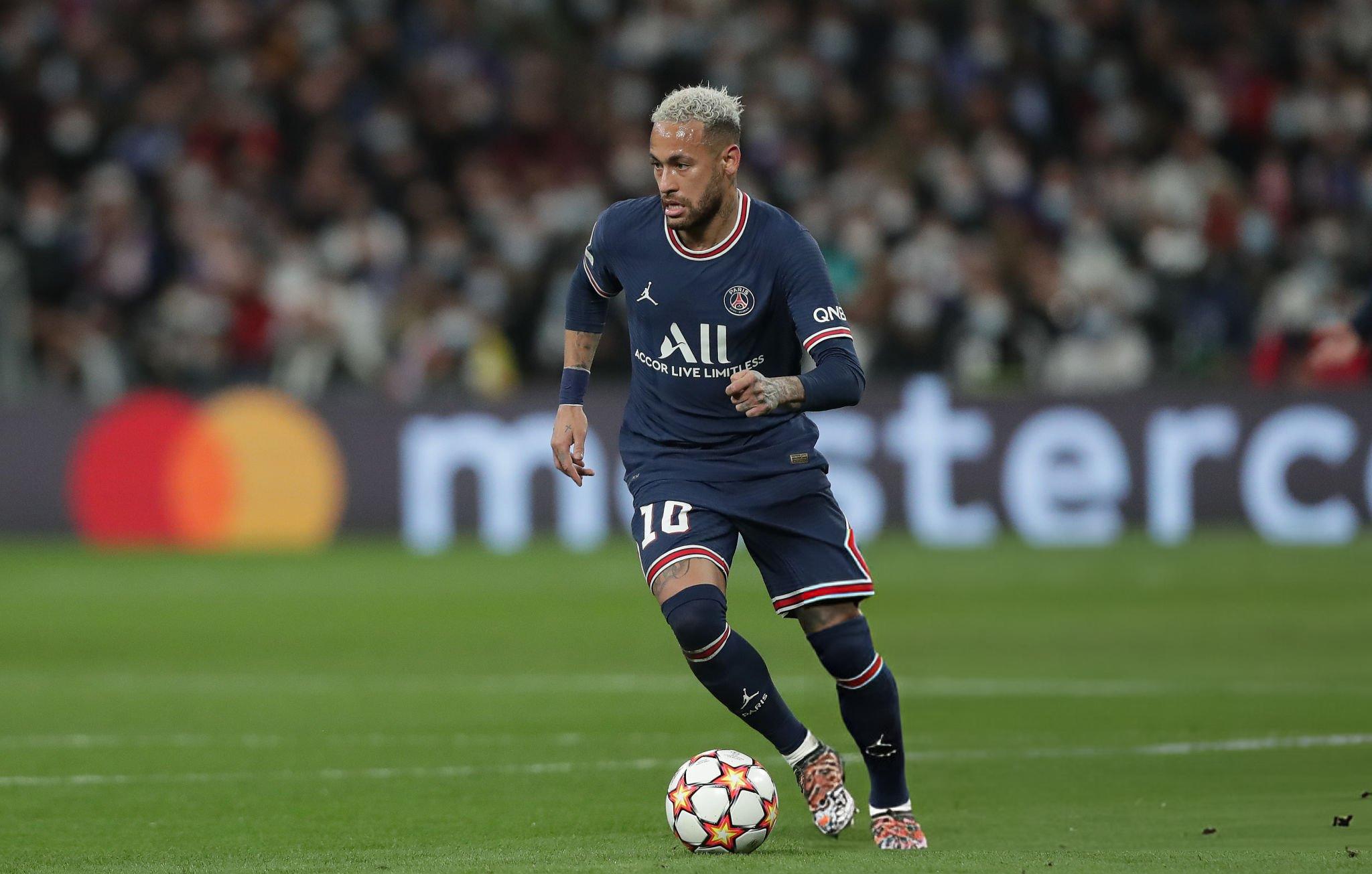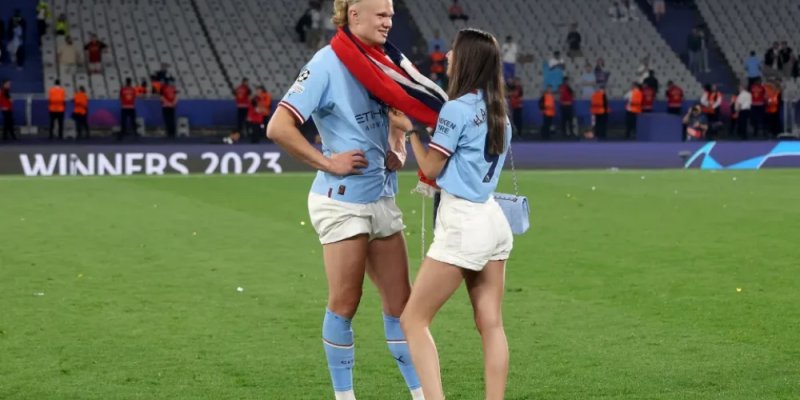
Every football season has its own patterns, and Neymar's is especially noticeable: for almost a decade, on the cusp of February and March, the Brazilian drops out of the squad — due to injuries, an accumulation of cautions, or short "windows" for flights home. This year the story gained a fresh chapter: in Santos' game against Vasco da Gama the forward received a yellow card, will automatically miss the next round, and the date happens to coincide with his son's 14th birthday. Coincidence? For fans — another brushstroke in a persistent narrative; for coaches — a puzzle in a congested calendar.
How the "March Theory" Was Born

The starting point was the 2014/15 La Liga season. A fifth yellow card in a match against Granada led to a one-match suspension for the game with Rayo Vallecano. The club allowed the player to fly to Brazil for a few days. A year later the script repeated: again a fifth yellow against Rayo — and again a brief break that coincided with a family date.
The Spanish Chapter: From a Legendary Comeback to a Brief Recovery
In March 2017, still with Barcelona, Neymar suffered a muscle injury in the Champions League round-of-16 second leg against PSG — the very one that finished 6–1. The pause lasted about a week, but he still managed to fly home. Thus the "March" pattern became more entrenched.
The Paris Cycle: Real Injuries and a New Angle

After his move to PSG, the line did not break. At the end of February 2018 he picked up a serious ankle injury in Le Classique against Marseille, which kept Neymar out for a long stretch through the 2018 World Cup. Family photos from Brazil appeared during rehabilitation — and here calling it a "theory" would be unfair: the injury was genuinely severe.
In 2019 came another blow to his right foot, a metatarsal injury. After a rehab stint in Qatar the forward returned to the training base outside Paris, and congratulated his sister remotely — with a polished Instagram post, without flying.
Rethinking the Myth: From His Sister's Birthday to His Own
In 2020 the focus shifted: fans noticed that for three straight years Neymar did not play around his own birthday (5 February) — again for medical reasons. A packed schedule, risk management, and a fragile "glass" zone of fitness made the start of the year particularly vulnerable for him.
The Only March Exception

In 2022 the forward broke the trend: he put together a proper stretch — playing against Real Madrid in the UCL and against Bordeaux in Ligue 1. It looked like a stereotype breaker, but unfortunately it did not become the new normal.
Rehab Stints and Pauses in Recent Years

After that came more phases of recovery: in 2021 the emphasis was on health and preventing recurrences; in 2023 he underwent ankle surgery; by March 2024 Neymar was continuing rehabilitation after a serious knee injury, appearing in headlines away from the pitch and regaining fitness without competitive load. And in Brazil the traditional carnival only fueled the discussions.
Back Home: The Brazilian Season and a New Coincidence

With his return to Santos it seemed the chapter with European scheduling knots was closed. But a new episode — a yellow card against Vasco and a resulting suspension for the next round — once again landed on a family date, this time his son's birthday. Formally it's textbook regulations: an accumulation of cautions brings an automatic suspension. In practice it added another brick to the myth of "unlucky March."
Coincidence, Risk Management, or Just the Calendar?

Set emotion aside and the rational causes in the chain are easy to spot: a congested calendar, cumulative load, recurring injury zones (ankle, metatarsal, muscles), as well as disciplinary sanctions — all are routine parts of an elite forward's life. But football being football, myths often outlast facts: when family dates and enforced breaks regularly converge at the same point, the storyline writes itself. For the coaching staff the takeaway is clear — manage minutes with a built-in "March factor" so the team doesn't lose its edge in the decisive weeks of the season.








